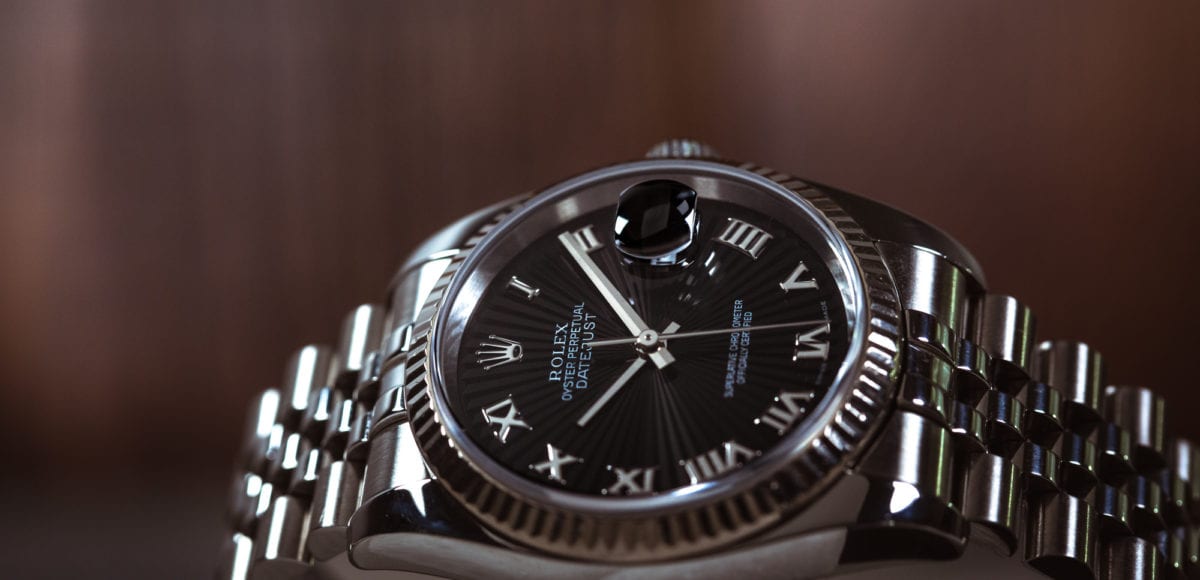In 1945, Rolex celebrated the brand’s 40th anniversary. To commemorate the milestone, they wanted to launch a new watch design that was different from anything else they offered. The result was the original Datejust. It was the first automatic and water resistant wristwatch to display the date in a window on the dial. Nearly 65 years after the brand debuted the now-iconic model, they gave it a facelift and unveiled the Datejust II. The second coming of the Datejust brought some modern upgrades. However, it still draws inspiration from the classic model that started the flagship collection. Let’s explore how these two models measure up.
The Datejust
The initial Datejust was the Reference 4467, called the Jubilee Datejust. In addition to creating a brand new model, Rolex also designed an all-new bracelet called the Jubilee. Just as the Datejust has become an important model within the Rolex catalog, the Jubilee bracelet has become a staple for the brand.
Rolex only produced the 4467 in 18-karat gold. In addition, it featured the brand’s iconic water resistant Oyster case with a fluted bezel. It housed the Caliber 710 movement, designed specifically to power the new date function. Because of the additional complication, the 710 was larger than most other movements produced by the brand. As a result, the 4467 used a case with a domed caseback, similar to the Rolex Bubbleback.
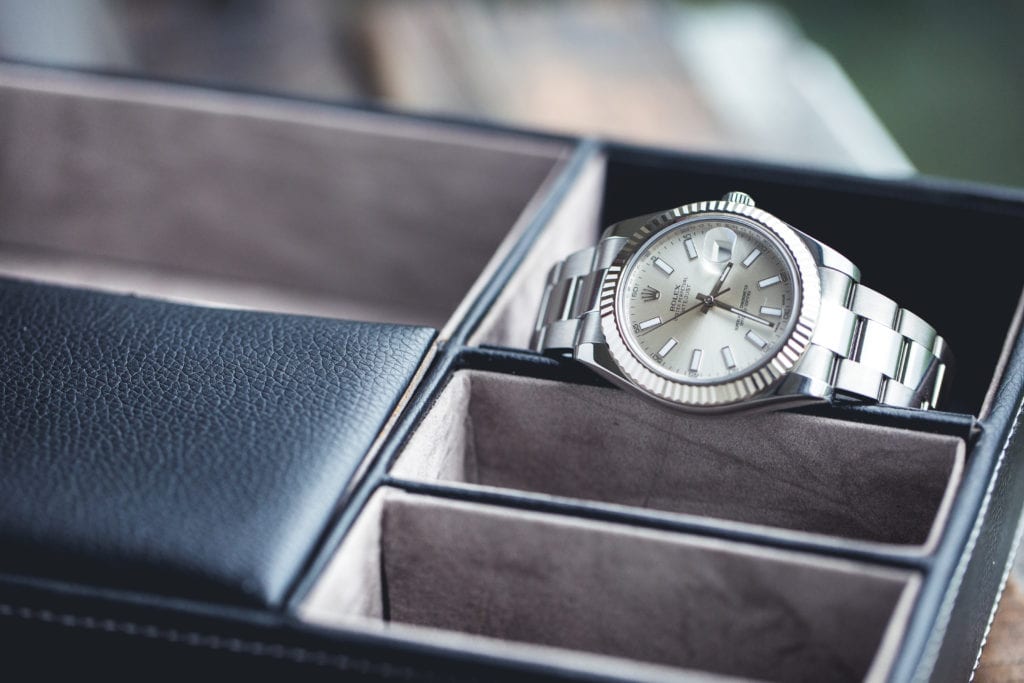
The Datejust remained largely unchanged for its first ten years of production. Then, in 1954, the model received its first major aesthetic update. That year, the brand debuted another all-new feature: the Cyclops lens. This magnifying lens sits above the date window and increases the legibility by two and a half times. Since then, the Cyclops lens has become standard on Rolex models, from the Sky-Dweller to Submariner and GMT to Yacht-Master.
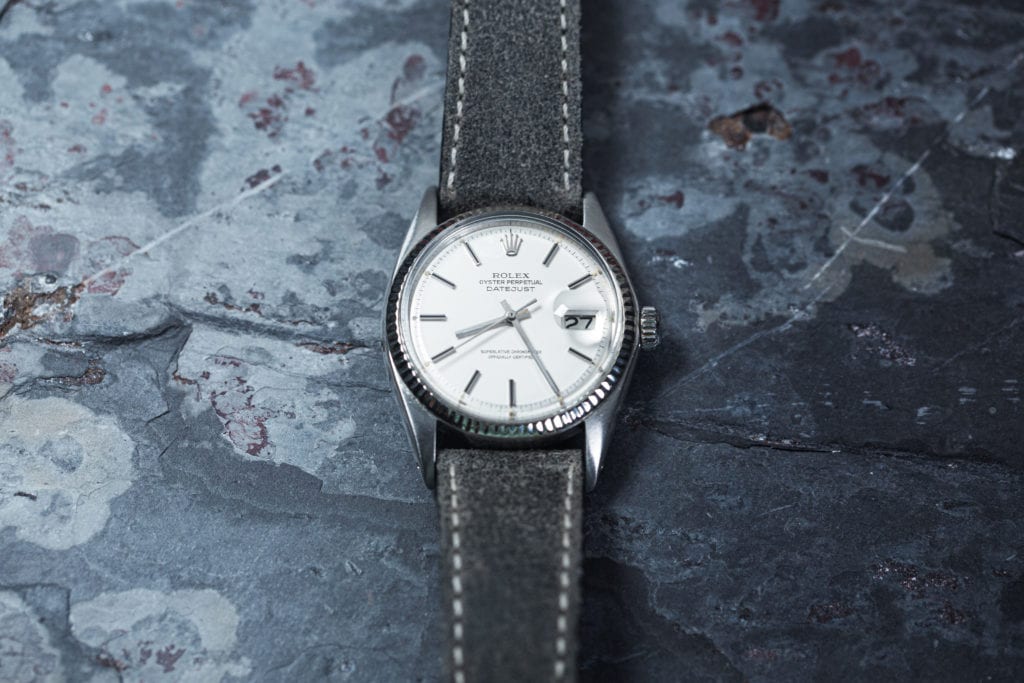
A few years later, Rolex unveiled the next major update to the Datejust. In 1957, they introduced the Caliber 1065 movement. This smaller and more efficient caliber eliminated the need for the domed caseback. Thus, the model received a slimmer case design.
The Datejust II
Over the next several decades, the Datejust continued to receive minor technical and aesthetic updates. For example, Rolex introduced the quickset feature and debuted a quartz variation of the model. However, about a decade after the turn of the century, they launched a brand new version of the flagship model. In 2009, Rolex unveiled the first Datejust II.
The initial variation of the Datejust II helped to bring the collection into the modern era. The design was sportier than the original Datejust. It featured an Oyster bracelet and lume on the dial for increased legibility. It also showcased a larger size, upgrading from the standard 36mm of the Datejust to a more contemporary 41mm.
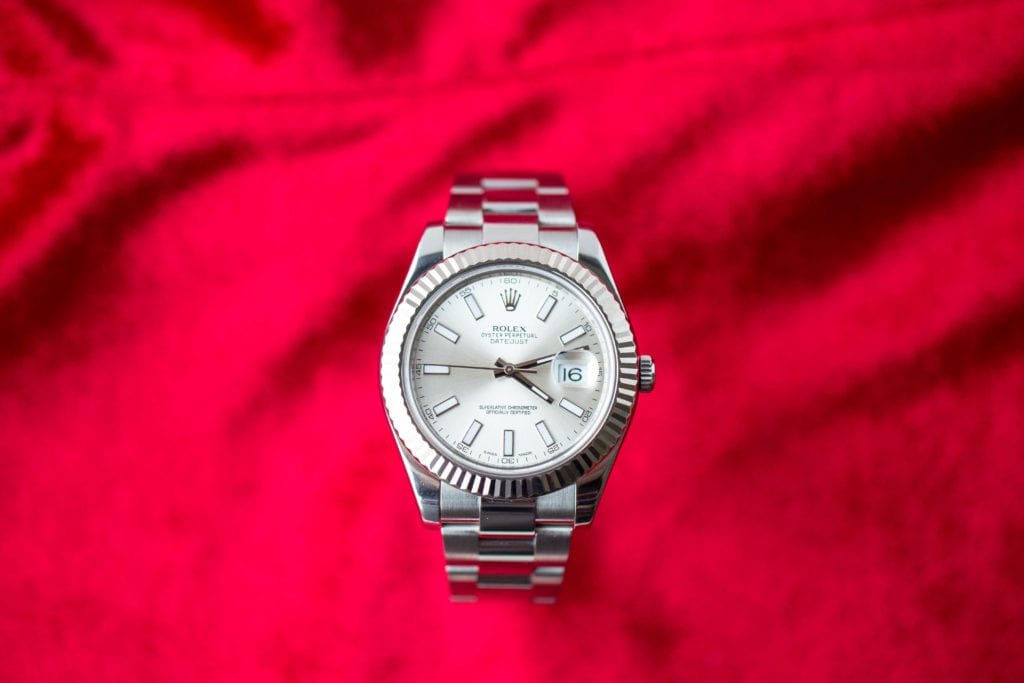
In addition, the Datejust II debuted a few new features. First, it showcased the brand’s Twinlock Winding Crown. When paired with the iconic Oyster case, it increased the water resistance to 100 meters. The most notable upgrade for the Datejust II was the new in-house Caliber 3136 movement. It features Rolex’s patented Parachrom hairspring and Paraflex shock absorbers and boasts COSC certification.
Choosing the Best Model for You
At a glance, the Datejust and Datejust II are actually quite similar in appearance. Yet, once you start to dissect them, you’ll notice the differences. First, there’s the size. The Datejust is a traditionally smaller model measuring 36mm, whereas the Datejust II is slightly larger at 41mm. This not only influences the way they wear on the wrist but also impacts the proportions of the design. The Datejust II has a wider bezel and thicker lugs. In addition, it features more space between the date window, hour markers, and iconic Rolex crown at the twelve-o’clock position.
Then, you have to look under the hood. Both models come equipped with a COSC certified chronometer movement featuring Rolex’s patented Parachrom hairspring. However, the Datejust II’s Caliber 3136 also features the brand’s high-performance Paraflex shock absorbers.
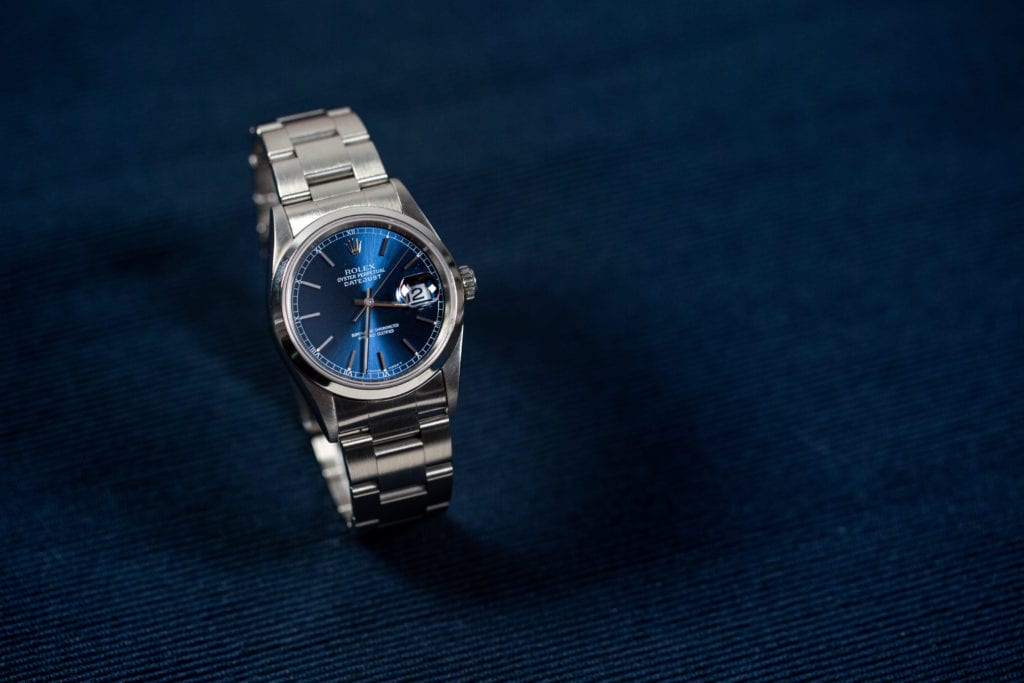
There’s still one more thing to consider when comparing the Datejust and Datejust II. In 2016, Rolex threw fans of the model a bit of a curve ball. They retired the Datejust II and launched the Datejust 41. As the name suggest, the Datejust 41 is a 41mm variation of the classic Datejust, much like the Datejust II. The biggest difference between the latest Datejust 41 and the Datejust II is, once again, the movement. Inside the Datejust 41 you’ll find the Rolex Caliber 3235 in-house movement, boasting fourteen patented parts and Superlative Chronometer certification.
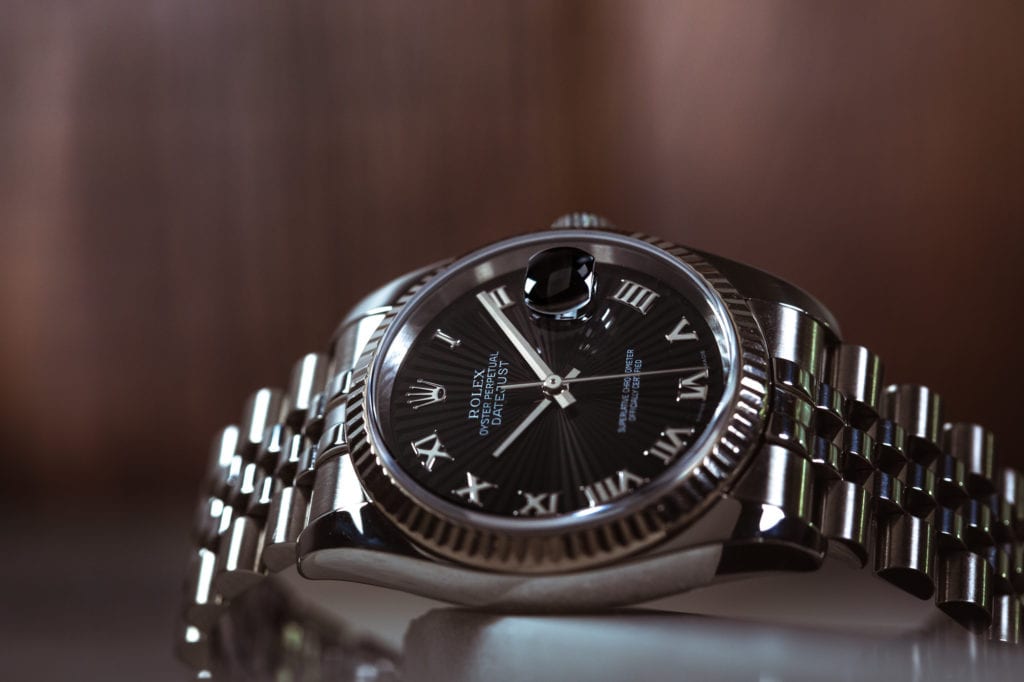
So, how to you choose between the classic Datejust, Datejust II, and all-new Datejust 41? First, the Datejust II is only available in the pre-owned market. If you’re looking for a new model, this might not be the right choice for you. On the other hand, if you want a model that’s rarer now that it’s no longer in production, the Datejust II is a great option. Then, it comes down to size. If you prefer larger and more modern proportions, the Datejust 41 or Datejust II are both handsome watches. However, if you’re looking for a more modest size, go with the straightforward Datejust. For watch nerds, there’s always the movement to consider as well.
Get More Articles Like This in Your Inbox
We're constantly creating great content like this. So, why not get it delivered directly to your inbox? By subscribing you agree to our Privacy Policy but you can unsubscribe at any time.





